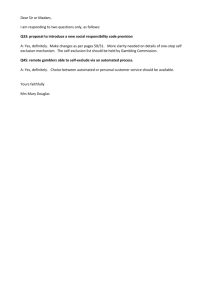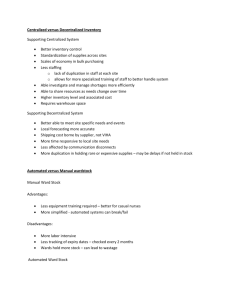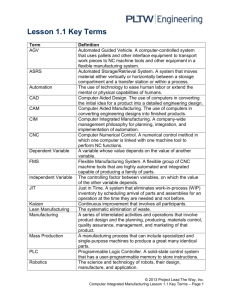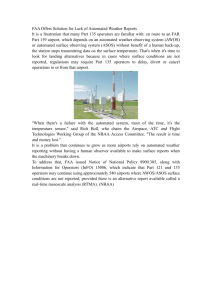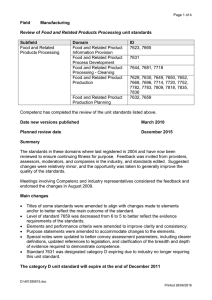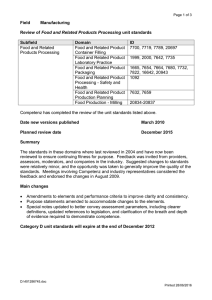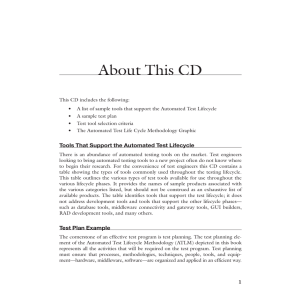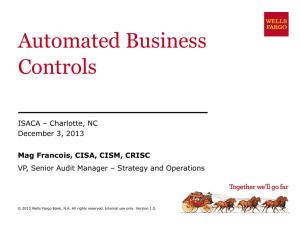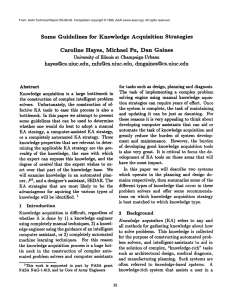SciBox, An End-to-End Automated Science Planning and Commanding System
advertisement
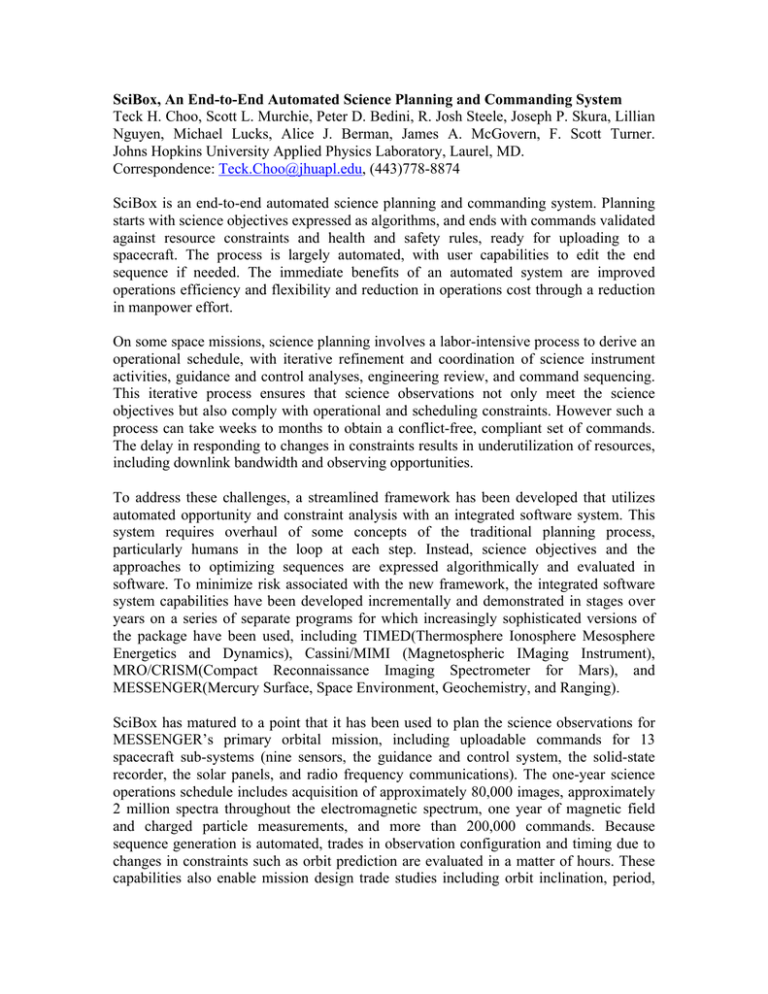
SciBox, An End-to-End Automated Science Planning and Commanding System Teck H. Choo, Scott L. Murchie, Peter D. Bedini, R. Josh Steele, Joseph P. Skura, Lillian Nguyen, Michael Lucks, Alice J. Berman, James A. McGovern, F. Scott Turner. Johns Hopkins University Applied Physics Laboratory, Laurel, MD. Correspondence: Teck.Choo@jhuapl.edu, (443)778-8874 SciBox is an end-to-end automated science planning and commanding system. Planning starts with science objectives expressed as algorithms, and ends with commands validated against resource constraints and health and safety rules, ready for uploading to a spacecraft. The process is largely automated, with user capabilities to edit the end sequence if needed. The immediate benefits of an automated system are improved operations efficiency and flexibility and reduction in operations cost through a reduction in manpower effort. On some space missions, science planning involves a labor-intensive process to derive an operational schedule, with iterative refinement and coordination of science instrument activities, guidance and control analyses, engineering review, and command sequencing. This iterative process ensures that science observations not only meet the science objectives but also comply with operational and scheduling constraints. However such a process can take weeks to months to obtain a conflict-free, compliant set of commands. The delay in responding to changes in constraints results in underutilization of resources, including downlink bandwidth and observing opportunities. To address these challenges, a streamlined framework has been developed that utilizes automated opportunity and constraint analysis with an integrated software system. This system requires overhaul of some concepts of the traditional planning process, particularly humans in the loop at each step. Instead, science objectives and the approaches to optimizing sequences are expressed algorithmically and evaluated in software. To minimize risk associated with the new framework, the integrated software system capabilities have been developed incrementally and demonstrated in stages over years on a series of separate programs for which increasingly sophisticated versions of the package have been used, including TIMED(Thermosphere Ionosphere Mesosphere Energetics and Dynamics), Cassini/MIMI (Magnetospheric IMaging Instrument), MRO/CRISM(Compact Reconnaissance Imaging Spectrometer for Mars), and MESSENGER(Mercury Surface, Space Environment, Geochemistry, and Ranging). SciBox has matured to a point that it has been used to plan the science observations for MESSENGER’s primary orbital mission, including uploadable commands for 13 spacecraft sub-systems (nine sensors, the guidance and control system, the solid-state recorder, the solar panels, and radio frequency communications). The one-year science operations schedule includes acquisition of approximately 80,000 images, approximately 2 million spectra throughout the electromagnetic spectrum, one year of magnetic field and charged particle measurements, and more than 200,000 commands. Because sequence generation is automated, trades in observation configuration and timing due to changes in constraints such as orbit prediction are evaluated in a matter of hours. These capabilities also enable mission design trade studies including orbit inclination, period, and altitude, and evaluation of the science impacts of different orbit-correction maneuver strategies.

